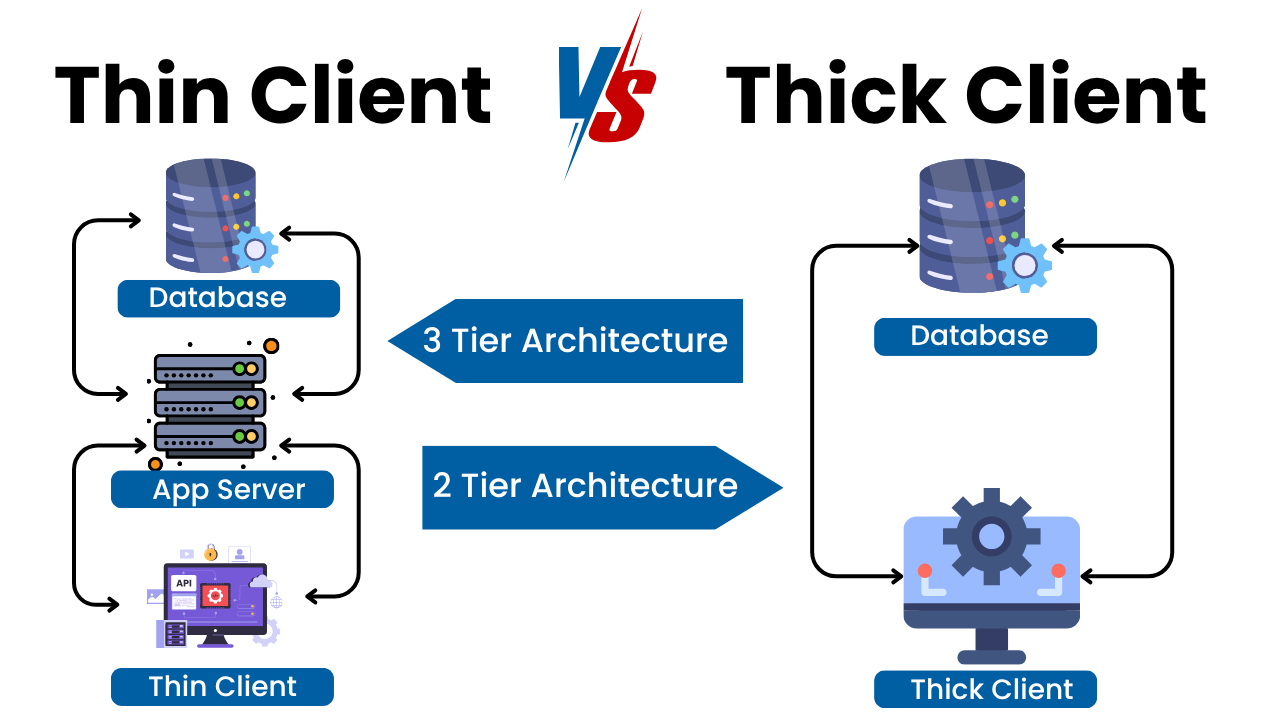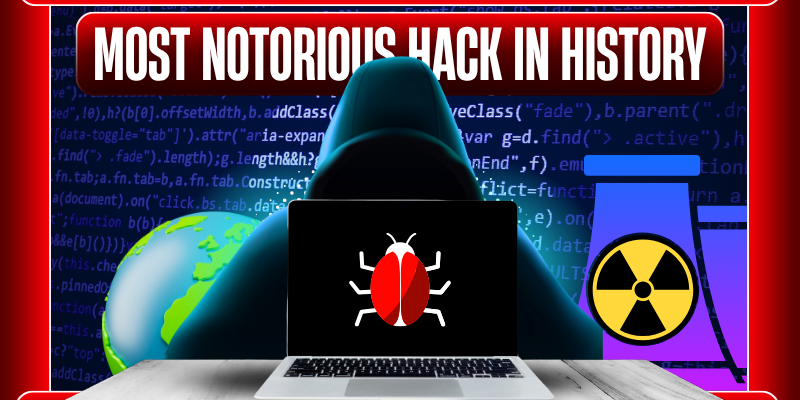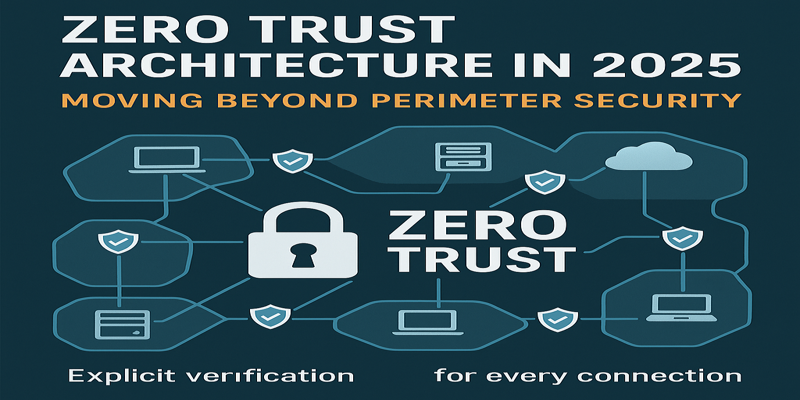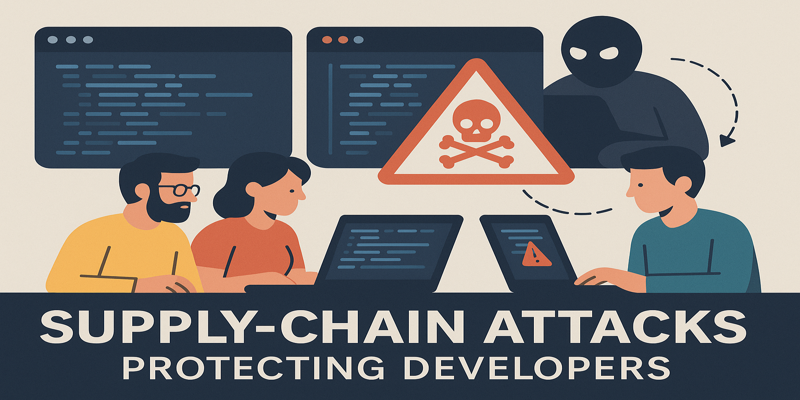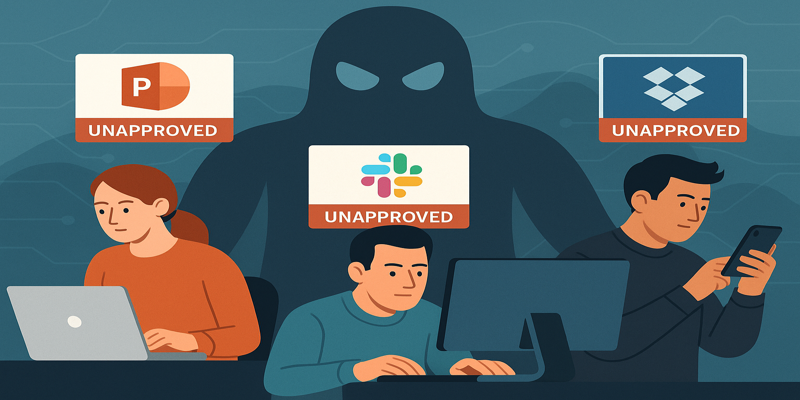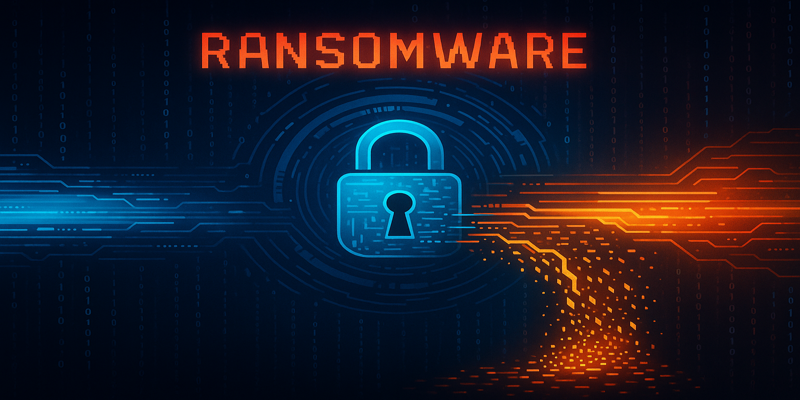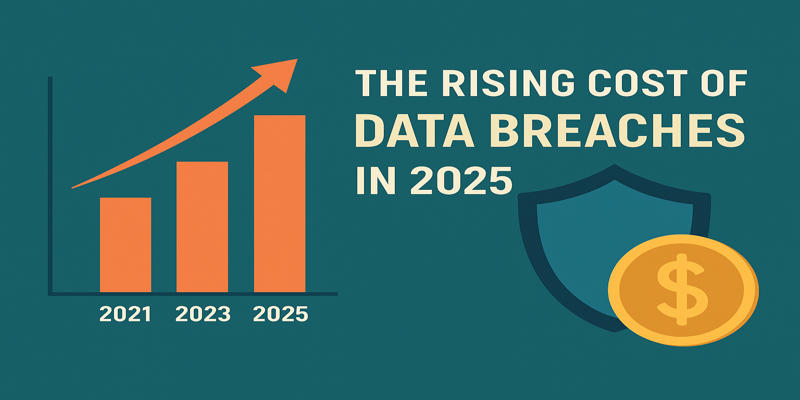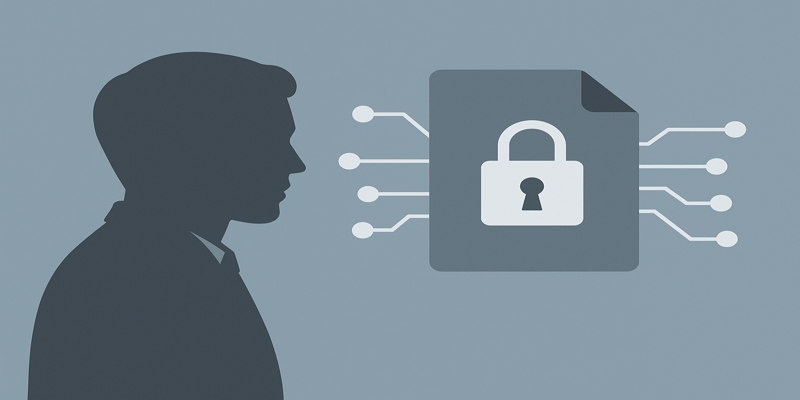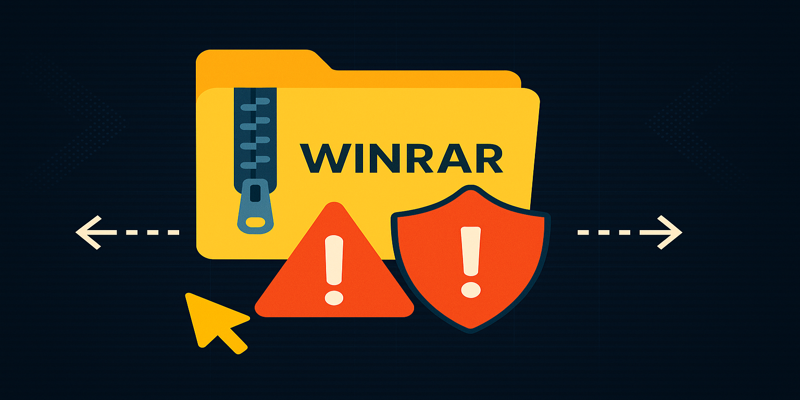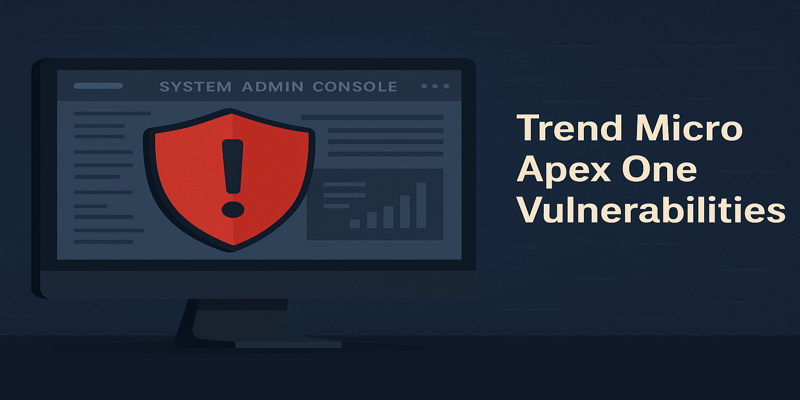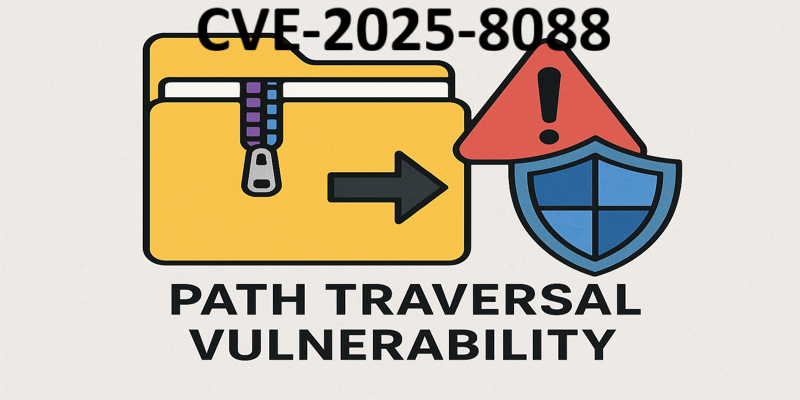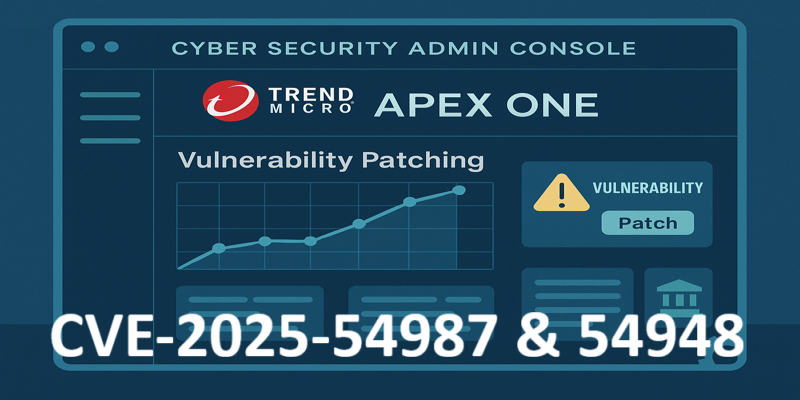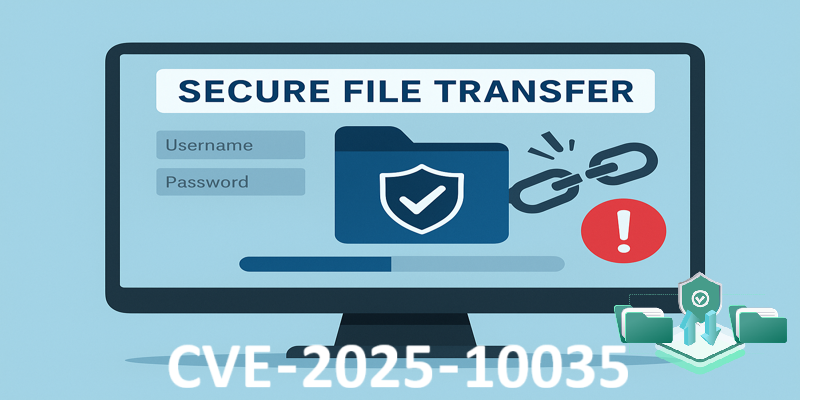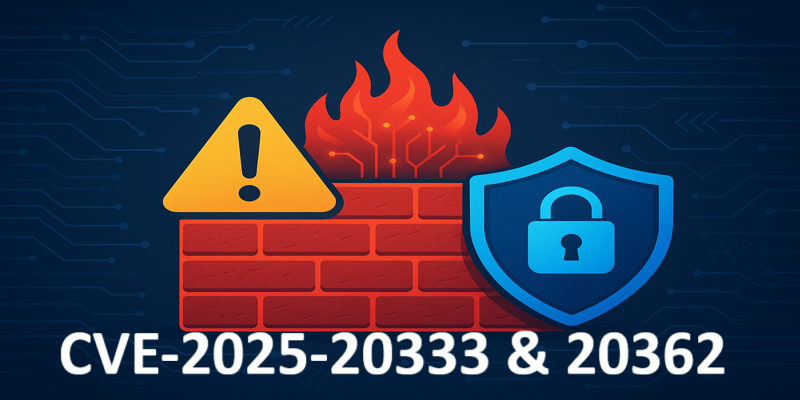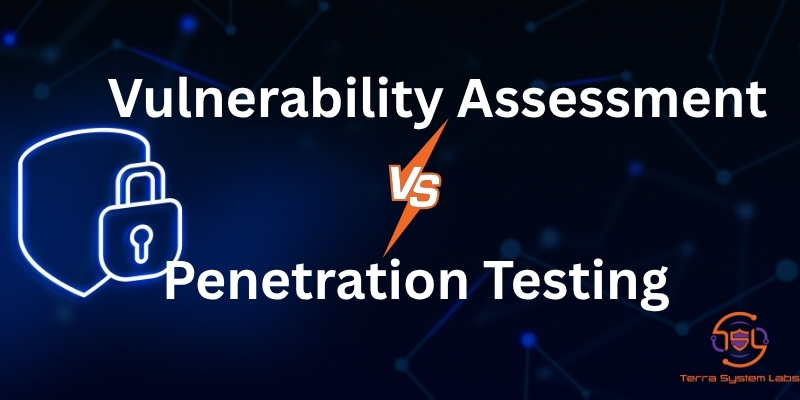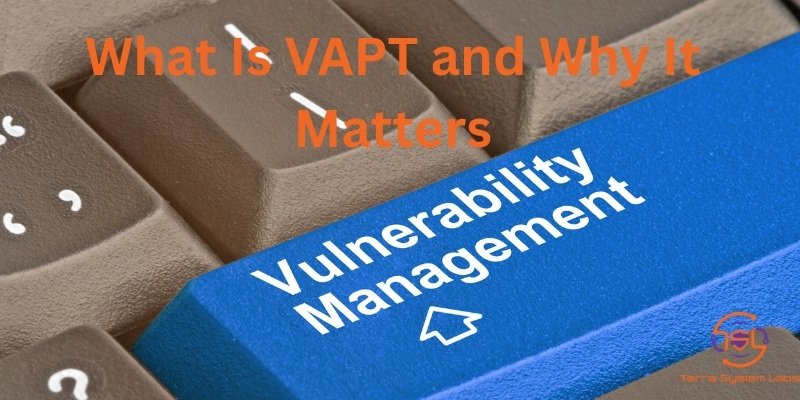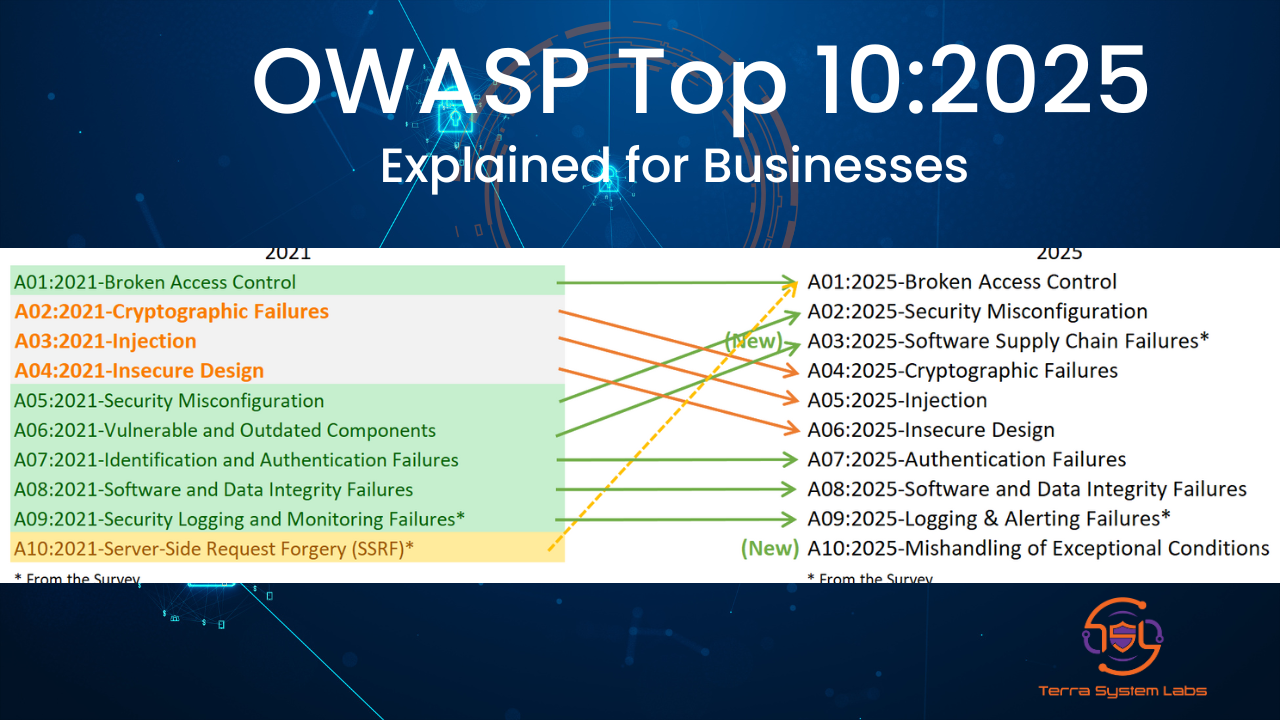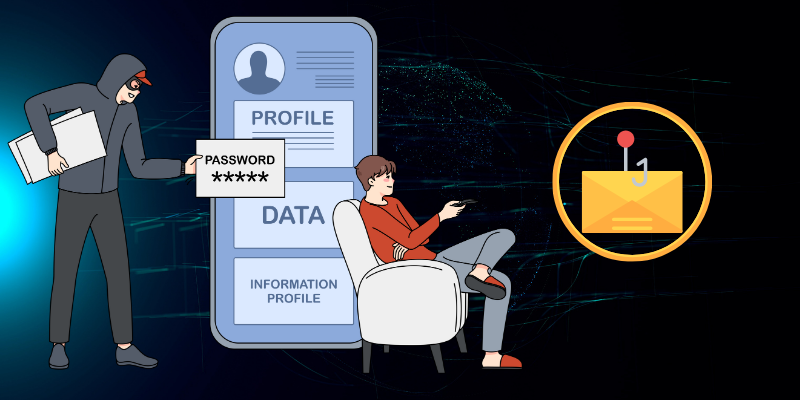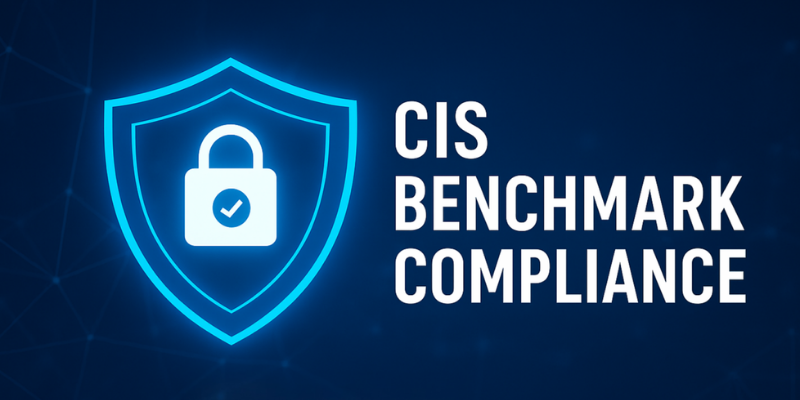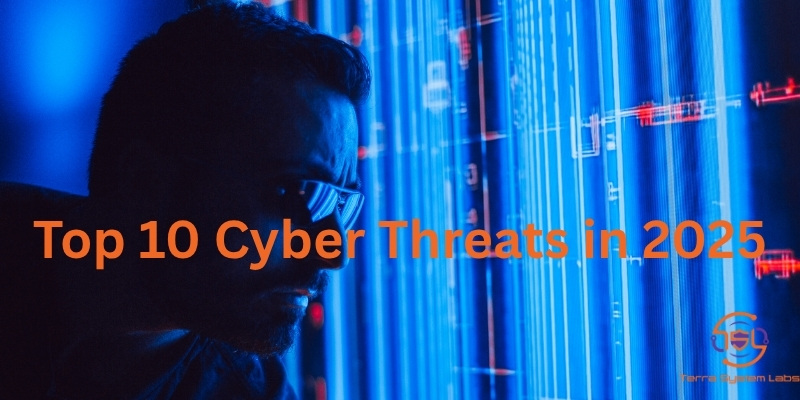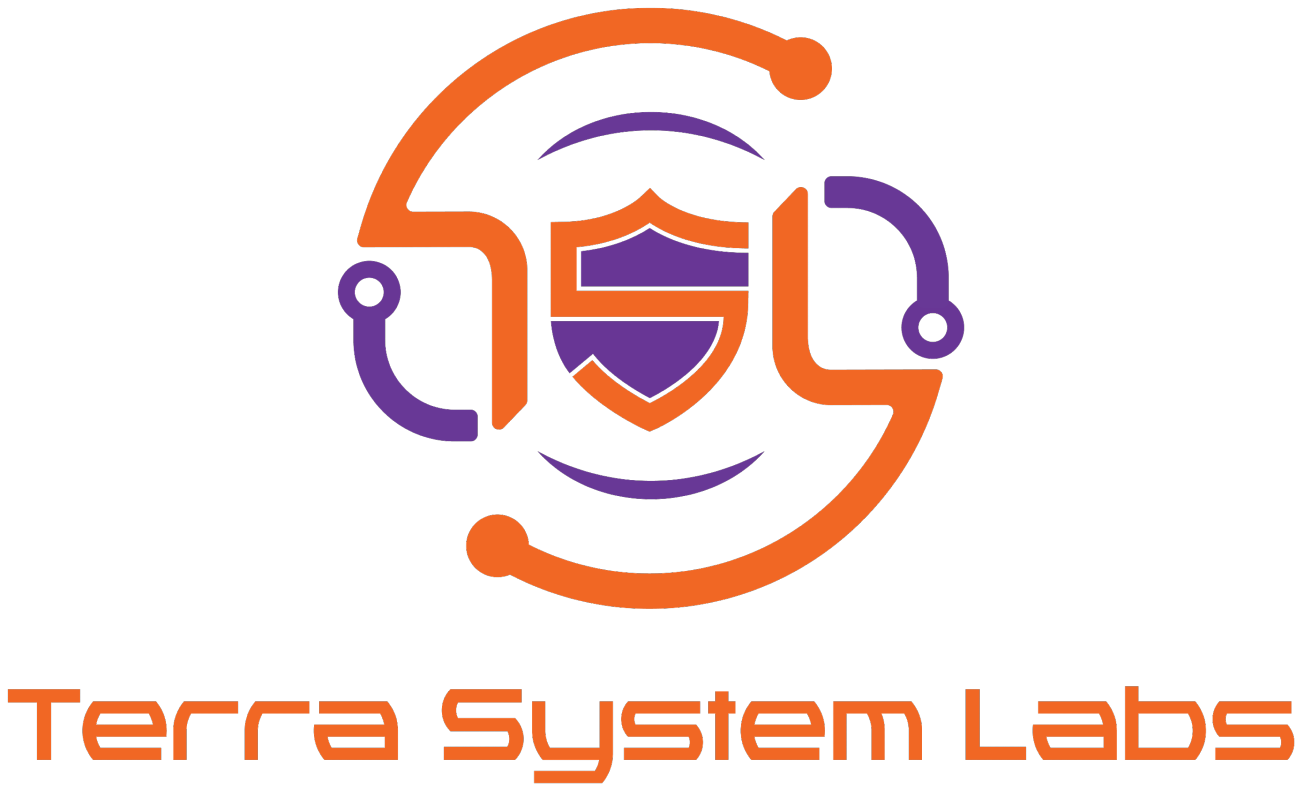Protecting Your Business Against CVE-2025-22944: Microsoft Office Document Exploits
CVE-2025-22944 is a newly disclosed vulnerability in Microsoft Office that allows remote code execution via specially crafted document files. With a CVSS score of 8.8, this flaw could let attackers run arbitrary code or steal data just by tricking an employee into opening a malicious file. It’s a sobering reminder that everyday productivity suites are now prime targets for cybercriminals.
Microsoft has released security updates to fix the issue, but many organisations delay patching due to change-control processes and compatibility concerns. Unfortunately, that delay leaves a window for exploitation. According to Microsoft’s advisory, applying the August 2025 security update (KB5063224) is essential to block this threat. IT teams should also review macro and ActiveX settings to reduce the attack surface.
Why does this matter to your business? Attackers increasingly embed malware into Office files because they know people trust these documents. Once a user opens the infected attachment, the malicious code can install backdoors, exfiltrate sensitive data, or spread laterally across the network. Given how often staff send invoices and reports, a single slip-up could be disastrous.
That’s where Terra System Labs steps in. Our vulnerability assessment and patch management services help clients prioritise and deploy updates efficiently, ensuring critical fixes like CVE-2025-22944 aren’t overlooked. We perform thorough testing to avoid disruptions and provide guidance on secure configurations for Office macros, add-ins, and file handlers. Our phishing simulation and awareness training also teach employees how to spot suspicious attachments, reducing the chance they will run malicious documents.
To stay ahead, adopt a layered defense strategy:
- Update promptly: Install the latest Microsoft patches across all devices and monitor for announcements about new exploitation attempts.
- Restrict macros: Disable or sign macros by default and use application whitelisting to limit unknown code.
- Educate employees: Train staff to recognise phishing emails, unexpected invoices or contract files, and to report anything unusual.
- Implement endpoint protection: Use advanced malware detection that can block malicious code embedded in Office files.
By combining technical controls with continuous awareness, your organization can mitigate the risk of document-based attacks. CVE-2025-22944 won’t be the last flaw we see in Office or other popular software, but with a proactive security posture and a trusted partner like Terra System Labs, you can protect your business from the next zero-day.
Recent Posts


